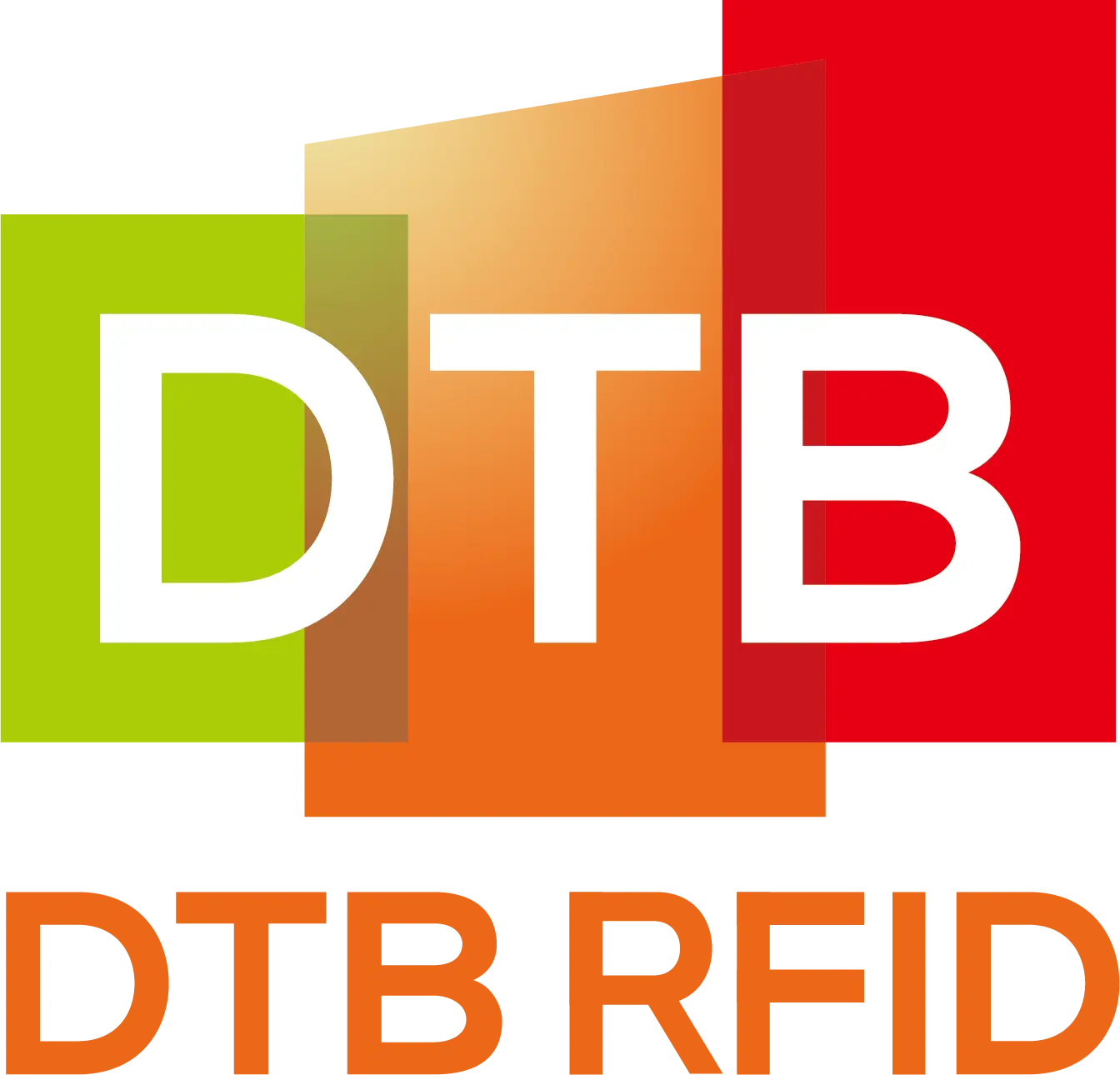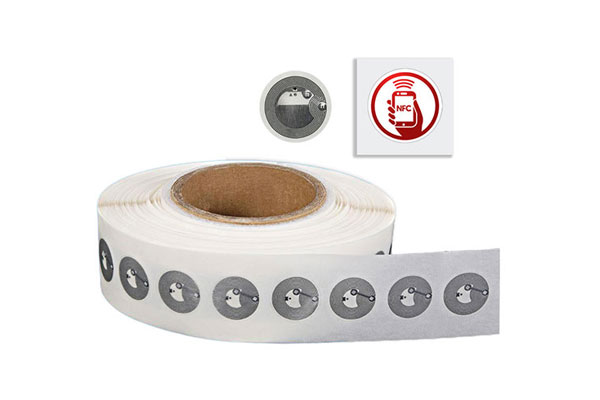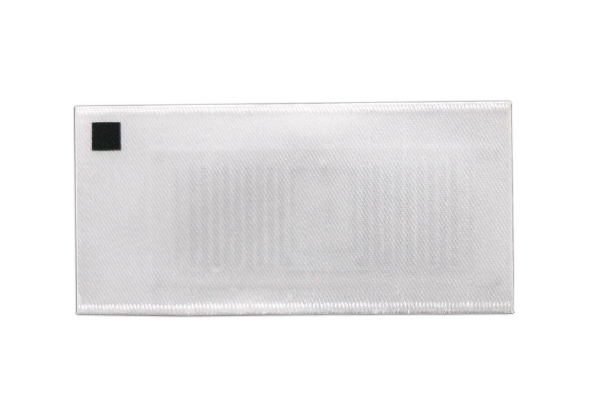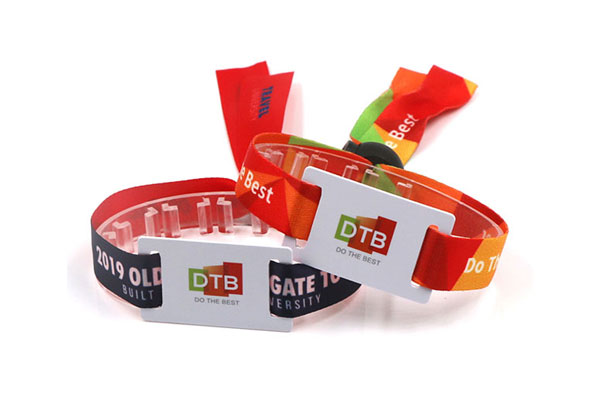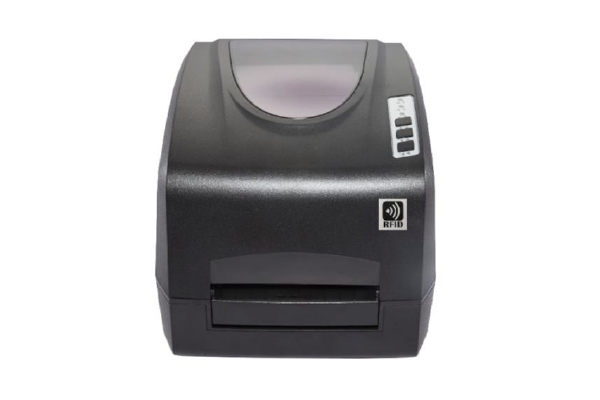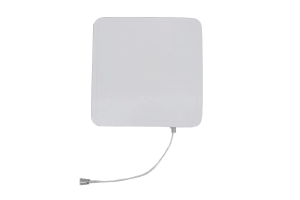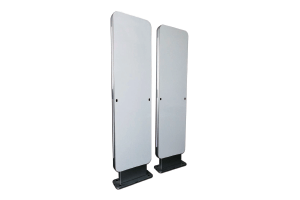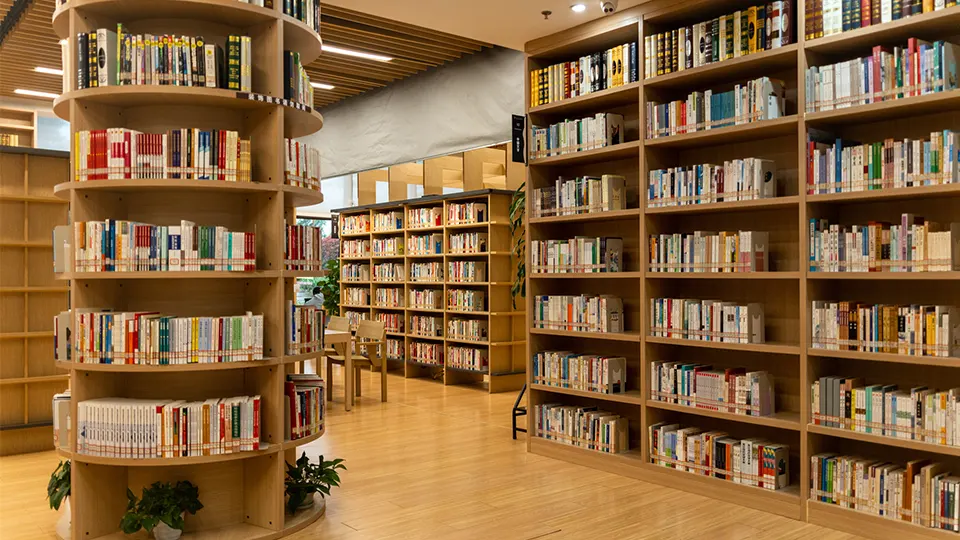Limited Staff, Growing Demands
In many primary and secondary schools, the library remains a cornerstone of learning—supporting reading habits, research projects, and personal exploration beyond the classroom. Yet despite its importance, school libraries are often managed by a single teacher, administrative staff member, or even part-time volunteer. With limited personnel, tight schedules, and growing student traffic, keeping track of thousands of books manually becomes a logistical headache.
Book checkouts, returns, inventory counts, overdue follow-ups, and even theft prevention demand time and accuracy—both of which are often in short supply in school environments. As more schools expand their collections or integrate diverse media (books, magazines, learning kits), traditional barcode systems reveal their limitations: slow scanning, frequent errors, and an overwhelming reliance on manual record-keeping.
This is where Radio Frequency Identification (RFID) steps in. By automating key library operations, RFID transforms book management into a faster, more efficient, and more student-friendly experience—especially in environments where staff capacity is stretched thin.
How It Works in a School Library Setting
RFID uses radio waves to wirelessly identify and track objects. In the context of school libraries, each book is fitted with a small RFID tag—usually placed inside the cover or spine. These tags store a unique identifier tied to the library’s digital catalog system. Unlike barcodes, which require line-of-sight scanning, RFID tags can be read in bulk and at a distance.
An RFID-based library system typically includes:
RFID readers at checkout kiosks or circulation desks
Antenna gates at entrances/exits to detect unauthorized removals
Inventory wands for quick shelf scanning
Integrated software that syncs book data, lending records, and overdue notices
For school staff, this means tasks like checking out books or conducting inventory can be done with a simple scan—reducing processing time from minutes to seconds. And for students, it creates a smoother, often self-service experience that encourages responsibility and independence.
Self-Service Checkouts and Returns
One of the most immediate benefits of RFID in school libraries is the ability to enable self-service book checkouts and returns. Students simply place their selected books on an RFID-enabled kiosk, scan their student ID card, and confirm the transaction. Multiple books can be scanned at once—no need to find and align individual barcodes.
This shift significantly reduces the workload on the library manager or teacher. During busy lunch breaks or between classes, dozens of students can borrow or return books without forming long lines or needing direct assistance. The system updates in real time, recording lending history, due dates, and generating automated email or app reminders for overdue returns.
By automating routine processes, RFID not only frees up staff time for higher-value tasks like reading guidance or collection curation—it also teaches students digital literacy and accountability. Younger students especially benefit from the simplicity and interactivity of RFID checkouts, which feel more like using a vending machine than a traditional library desk.
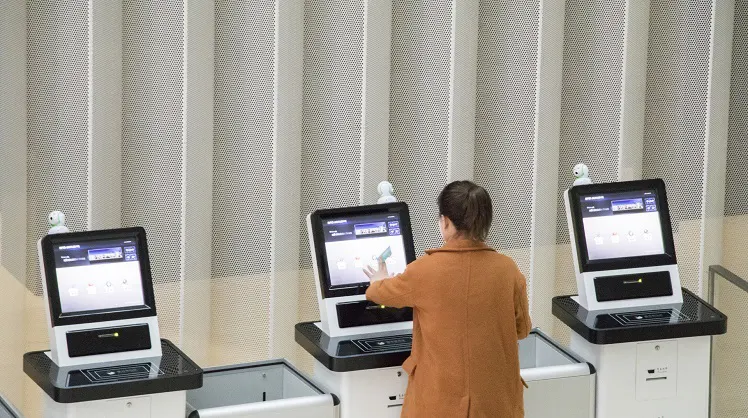
Effortless Inventory and Anti-Theft Measures
One of the more time-consuming tasks in school libraries is the inventory audit—physically checking every book on every shelf to verify its presence. With traditional systems, this might take several days or even weeks. RFID reduces this to a matter of hours.
Using a handheld RFID scanner, staff can walk down aisles and scan entire shelves without opening a single book. The device instantly detects which books are present, which are misplaced, and which are missing. This data syncs directly with the library management system, allowing for real-time updates and easy reporting.
Moreover, RFID helps reduce theft or accidental loss. Many school libraries, especially those without full-time supervision, struggle with books being taken without proper checkout. RFID gates at the library entrance detect unscanned tags and trigger alerts—gently reminding students to complete the borrowing process. While not intrusive, this silent monitoring system promotes honesty and accountability.
In addition, RFID enables the creation of “smart shelves” or “return bins” that automatically register returned books. When a student drops a book into an RFID-enabled return box, the system updates the record instantly, ensuring fast circulation and reducing confusion over overdue notices.
Smarter Planning and Data-Driven Decisions
Beyond automation and efficiency, RFID systems generate valuable data insights that can guide better library decisions. Administrators can track borrowing patterns, identify which titles are most popular, and determine which sections of the library are underutilized.
For example, if graphic novels are constantly borrowed while certain encyclopedias never leave the shelves, this informs future purchase decisions. Similarly, teachers can use RFID reports to align recommended reading lists with student interests or to monitor how often students engage with reading materials.
RFID data can also support personalized learning initiatives. By integrating with student profiles, librarians or educators can see what kinds of books a student tends to read, identify reading gaps, and make tailored suggestions. In school environments that promote individualized education plans (IEPs), this level of tracking can be immensely valuable.
And in times of crisis—like sudden school closures or transitions to remote learning—RFID data makes it easier to know what resources are still checked out and who is responsible for their return.
Future-Ready Libraries, Even with Limited Hands
RFID isn’t just for high-tech enterprises or elite institutions. It’s an accessible, scalable solution that solves real challenges in everyday school settings—particularly where staffing is minimal but student needs are high. By simplifying lending, speeding up inventory, improving accuracy, and enabling student autonomy, RFID turns the school library into a smarter, more efficient space.
For primary and secondary schools looking to modernize without overwhelming their already-busy staff, RFID offers a powerful return on investment. It’s a technology that quietly empowers students, supports teachers, and brings order and insight into one of the school’s most important—but often under-resourced—spaces.
With RFID, even the smallest school library can operate like a well-oiled system—nurturing curiosity, responsibility, and lifelong learning in every student that walks through its doors.
